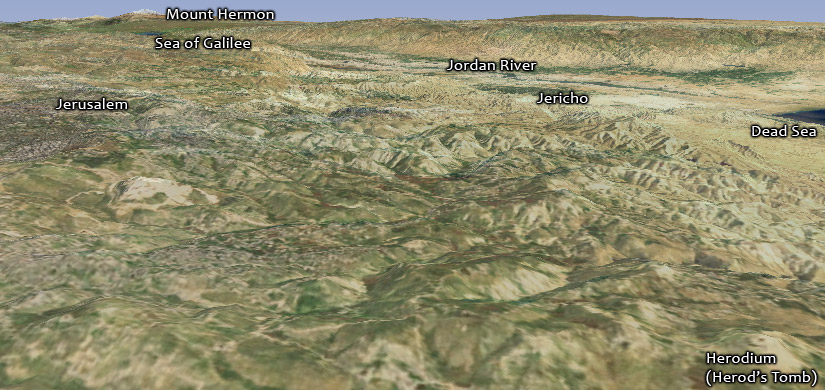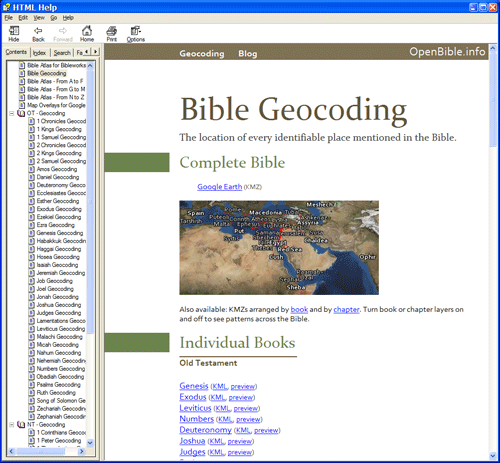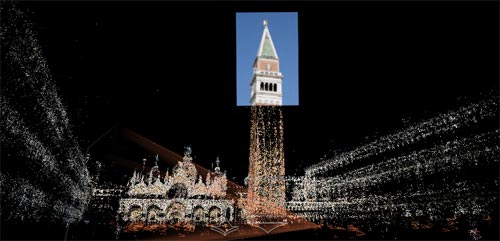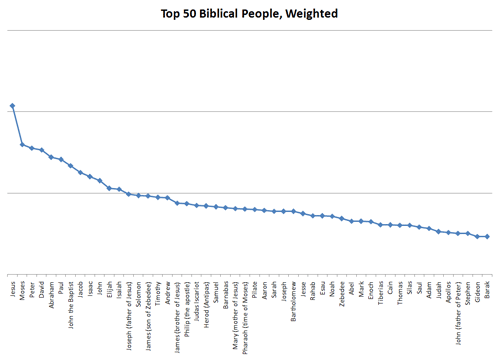Bob Pritchett from Logos Bible Software points to Live Ink, a technology that takes normally formatted text and breaks its clauses into lines to improve reading comprehension. It looks like this:
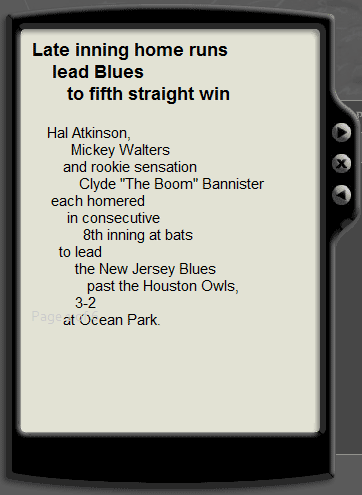
Having been an English major, I keep trying to assign meaning to the line breaks—you pay close attention to line breaks when explicating poetry, and it’s hard to stop noticing them everywhere once you start noticing them in poetry. Live Ink has research to back up their reading claims; I’m not one to question their findings. So maybe I’m an anomaly, but studying the Bible in a similar format would distract me.
Speaking of things that distract me, a few years ago I came across an example (now lost on the hard drive of a deceased computer) of an interesting way of reading the Bible: one word at a time. The program cycles through the text of the Bible, showing you only one word on the screen—blink and you miss it. This Flashconverted to HTML5 in 2016 demo I just whipped up gives you the general idea:
You may need to read this post outside an RSS reader to see the demo. Not inclined? Here’s a screenshot. Picture the words rapidly scrolling upward:
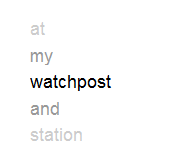
Honestly, I can’t decide if it’s a good idea or a bad one. The hardest part for me is that it requires more sustained concentration than I usually devote to reading. It might be useful if someone could come up with an intuitive way to control the speed and allow time to blink. Like Live Ink, it may simply take some getting used to.
(The way the demo scrolls kind of reminds me of William Shatner’s line delivery in Star Trek—it pauses slightly on longer words, which was apparently the key to Shatner’s acting in the 1960s. Actually, the line breaks in the Live Ink screenshot above remind me of how he would read a box score, too. Maybe he was just ahead of his time.)

